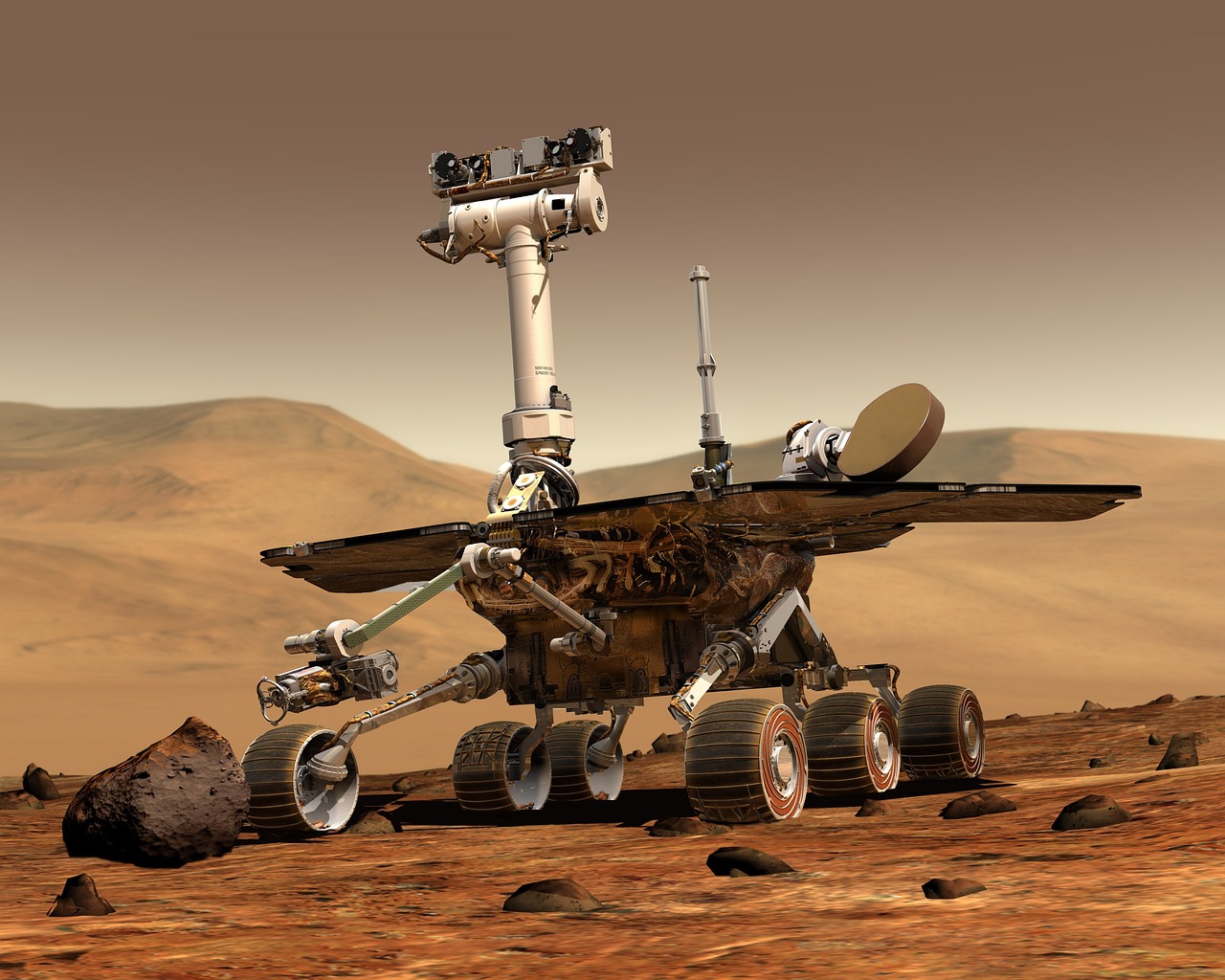
Space robots rolled, raced, and tackled harsh terrain at RoboPalooza, a unique festival blending robotics competition and entertainment. Held in California’s Mojave Desert last November, the event challenged global teams to control their machines in an environment designed to mimic the extreme conditions of Mars.
The annual event, sponsored by the Institute of Electrical and Electronic Engineers (IEEE), brought together teams from universities and companies, including Cal Poly Pomona, the University of Alabama, and Godelius, Inc. Robots navigated difficult courses, demonstrating their ability to handle unpredictable conditions that they may face on other planets.
Real-world testing ground
The Mojave Desert’s dusty, rocky landscape was the perfect test site for planetary rovers. Rob Mueller, a technologist in the National Aeronautics and Space Administration (NASA), explained that the harsh, dusty landscape serves as a perfect analog for Martian terrain. Dust jams into mechanisms, temperatures swing, and unexpected challenges pop up—just like they would on Mars.
One of the key attractions was the 700-pound Helelani rover, operated by the Pacific International Space Center for Exploration Systems (PISCES). Teams competed to control the rover through slalom courses and obstacles. A group from Western Australia claimed victory, completing the race remotely with a time of 20 minutes and 10 seconds, earning a $5,000 prize.
The competition wasn’t just about winning. Breakdowns and mechanical issues offered valuable learning opportunities. “We want to break the robots many times. Fix them, run them again. By the time they get to the Moon or Mars, they’ll work,” Mueller said.
While robots were the headliners, RoboPalooza kept the atmosphere lively with live rock bands, food trucks, and exhibits showcasing cutting-edge space technologies. Astrolab, one of the participating companies, presented their all-metal lunar tire, designed to withstand harsh conditions without risk of deflation. “There’s no AAA on the moon, so if we pop a tire on our rover, we can’t just go fix it,” said Kelly Randell, Astrolab’s business development manager.
The festival highlighted the growing role of robotics in space exploration. Robots, with their ability to endure extreme environments, are key to building infrastructure and researching other planets. “The robots will build the infrastructure. They don’t complain. They work 24 hours a day,” Mueller added.
Pushing the boundaries
For engineers, RoboPalooza was a chance to test the limits of autonomy and control. Some teams operated their robots from thousands of miles away, simulating the time delays and remote challenges of space missions. Brad Dixon, an engineer from the winning team, noted, “Giving the rover the opportunity to go off on a longer leash is scary. But the more this becomes popular—when people are familiar with controls and hazards—those risks become smaller.”
As humanity looks toward the Moon, Mars, and beyond, events like RoboPalooza inspire innovation and collaboration. The lessons learned in the desert may one day help robots pave the way for humans in space.






















